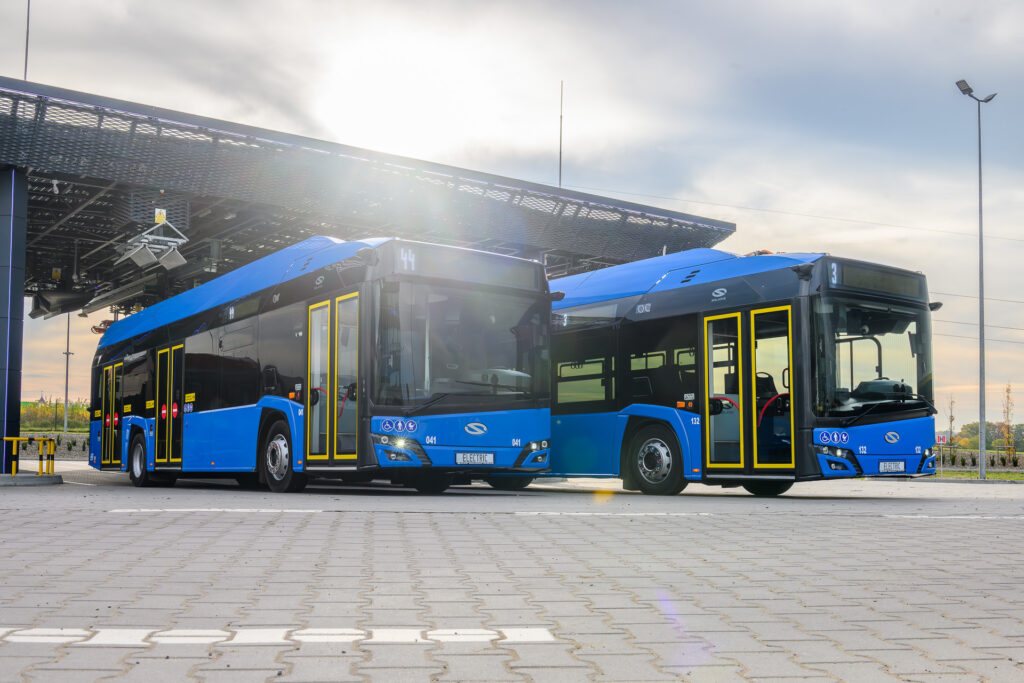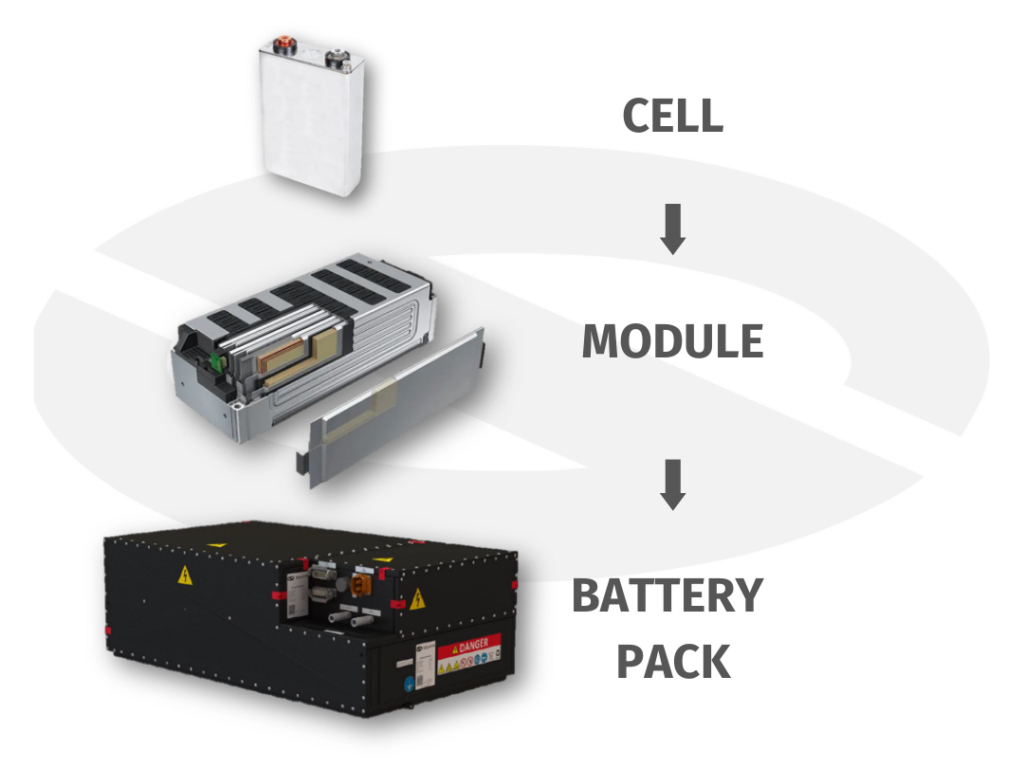In-motion charging (IMC)
In-motion charging (IMC) is another method of charging batteries in city buses. How exactly does it work?

As electric buses become more commonplace in city fleets, there is a growing interest in the various components of their equipment. Batteries, of course, play a key role. The batteries used by vehicle manufacturers are advanced systems, and the technology is constantly evolving to improve performance. Batteries are what make electric buses increasingly efficient and strengthen their position in public transport. From this article you will learn what is the battery in an electric bus made of.
Regardless of the type of battery, its structure is based on three main components: cells, modules and the battery itself. The basic unit is the CELLS. These are combined to form the MODULES, which in turn form the final product, the BATTERY. This modular design makes it possible to adapt the battery to different needs, allowing any configuration and facilitating maintenance or replacement of damaged components.

Chemically, a battery consists of an anode, a cathode, an electrolyte and a separator. These include ‘common’ elements such as aluminium, copper, iron and carbon (graphite), as well as less common metals such as cobalt, nickel and manganese, or lithium. Today, lithium-ion batteries make up the majority of electrical energy storage systems in the automotive industry. A variety of cell technologies are used, which are combinations of different raw materials (cathode and anode), each with its own unique characteristics. What are these materials?
The most common lithium-ion technologies currently used in batteries include
The type of cell chemistry chosen will have a significant impact on the overall performance of our electric bus. For example: NMC and LFP batteries offer a higher energy density, which translates into a longer vehicle range. On the other hand, LTO batteries are characterised by, among other things, fast charging, and these characteristics favour their installation in buses that operate on short routes – or in cities with a dense charging infrastructure.
Key functional battery parameters include energy density (the highest for NMC batteries), power density, thermal stability (e.g. LTO technology offers a high level of protection against thermal runaway), lifetime (which includes a certain number of cycles and a maximum battery life) and price. The fact that there are so many of these parameters is actually good news for any potential bus user. It makes it possible to configure the system to suit the operator’s individual needs and conditions – selecting the technology and its characteristics – and thus achieve the optimum balance between charging speed, range and cost.
Finally, it is worth noting that battery technology is currently developing at an incredibly fast pace, leading to continuous improvements in performance and durability. So the current capabilities and operational performance of electric buses are not the last word from manufacturers, and we can certainly expect even better results.
In-motion charging (IMC) is another method of charging batteries in city buses. How exactly does it work?
NMC, LFP and LTO are types of batteries, with different chemistries. Learn how each battery types affects vehicle capabilities.
The process of regulating battery use is still underway. The new regulations will soon come into force - find out what they are!